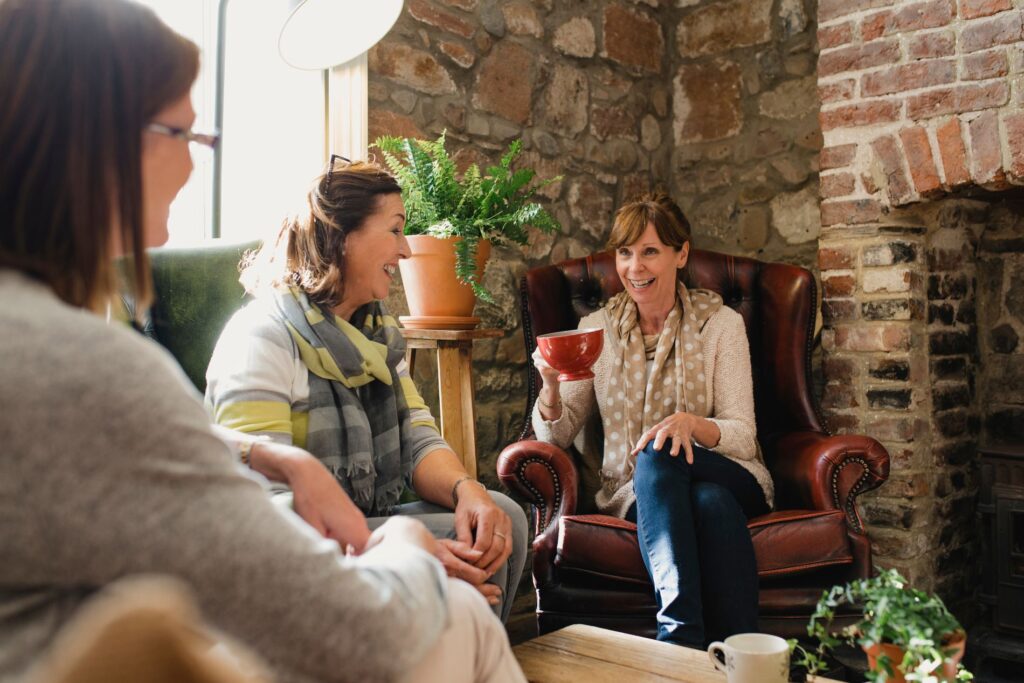Finally, after continued low optimism, some good news for hospitality businesses. Barclays’ most recent Consumer Spend Report has found that spending growth on eating and drinking out reached 6.7% in April, a 16-month high.
Continuing a trend away from nights out in favour of early bedtimes, the data shows that Brits prioritised their spending in restaurants, cafes, and bakeries.
The news provides a bit of breathing room for the sector. Declining disposable income has curbed spending appetites for many Brits. But businesses are facing numerous other challenges in today’s trading landscape, including staff shortages and rising overheads.
Hospitality spending up
For the first time since it began analysing spending data in 2019, the latest Barclay report shows that all hospitality and leisure subcategories saw growth in April.
Julien Lafargue, Chief Market Strategist, Barclays Private Bank and Wealth Management, described economic sentiment as “surprisingly positive, supported by a resilient consumer”.
Eating businesses triumphed over drinking. Spend growth at restaurants, cafes, and bakeries was 8.8%, compared to 6.6% at pubs, bars, and clubs.
The figures may reflect a growing trend away from boozy nights out as a ‘sober shift’ sees consumers replace the hangover with Insta-famous bakeries and dessert spots.
According to the most recent January 2025 data collected by YouGov, 50% of Brits now say they visit restaurants at least once a fortnight, a decline of 4% over the last 12 months.
This is significantly higher than the 37% who say they visit the pub once every two weeks. And, tellingly, 49% of Brits now say they never go to the pub.
Spending shifts towards experiences
As well as April’s card data, Barclays’ has this month released its ‘10 years of Spend’ report, to reveal how spending patterns have changed over the last decade.
Not surprisingly given the cost of living crisis, budget is a top concern for consumers. 66% say they pay more attention to their budget than they did in 2015, and 49% plan to reduce discretionary spending this year.
That said, a desire for meaningful moments remains. 13% of Brits say they feel less guilty about spending money on experiences. Analyst William Higham says this is because, in uncertain times, consumers may spend more to cope with financial stress.
“Functional purchases often take a back seat in favour of fun, joy, and the things and people that matter most to us, a trend set to continue for some time”, says Higham.
Known as “retail therapy” to most, Barclays has its own term for this trend. ‘Doom spending’ is the act of buying short-term treats, rather than saving money, to cope with economic stress. It’s a play on ‘doomscrolling’, the habit of constantly scrolling online news headlines.
The practice is apparently most popular among younger customers. 30% of those aged 18-34 admit to ‘doom spending’ – significantly higher than the 21% national average.
Employers brace for impact of NI rise
Barclay’s spend data suggests that consumers are still loyal to their local eateries. However, the data doesn’t yet reflect the impact of the recent increase in employer National Insurance Contributions (NICs) which has severely reduced profit margins for many businesses.
As a result of the policy change, which came into force at the start of April, one industry body warned that over 80% of UK pubs could become unprofitable.
It’s a plausible outcome, especially considering UKHospitality survey results from May 6, where one-third of hospitality operators reported operating at a loss.
While the modest rise in consumer spending offers some hope of revenue stability, without support to offset recent tax rises, more hospitality businesses are likely to fall into the red.

